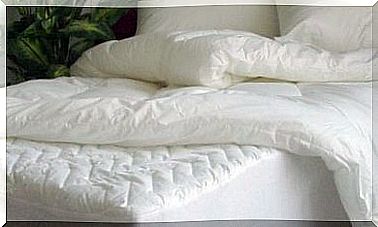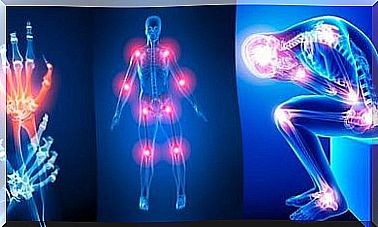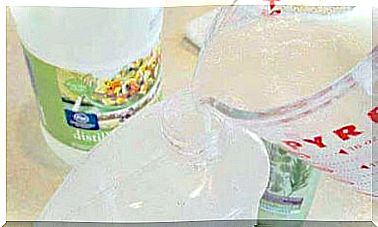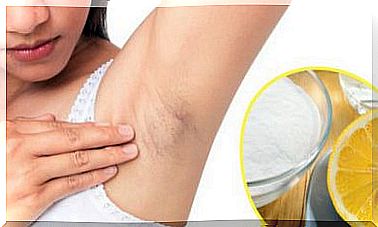Athetosis: Interesting Facts About This Movement Disorder
Today we are talking about a relatively rare movement disorder that is caused by neurological diseases. This occurs in particular through anatomical or functional damage to the basal ganglia.
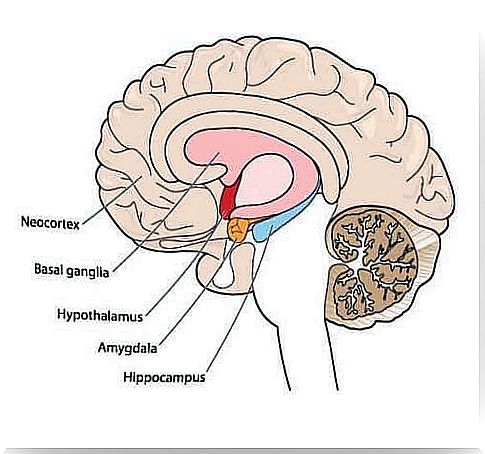
As Athetosis a movement disorder is known to be recognized by involuntary, slow movements of the hands and feet. This pathology is a rare consequence of certain neurological diseases. In particular, anatomical or functional damage to the basal ganglia is responsible for this.
What are the basal ganglia?
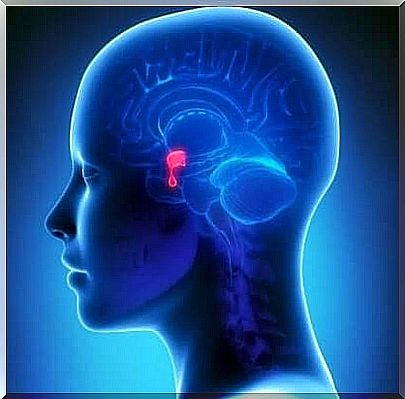
As basal ganglia refers to a group of Endhirn- and diencephalic nuclei, which are formed of gray matter and are located in the central area of the brain. They are characterized by a large amount of connections to other brain structures.
In the narrower sense, they include the caudate nucleus (tail nucleus) and the lentiform nucleus (lens nucleus) with the putamen and the globus pallidus (pallidum).
These brain structures are involved in the execution and maintenance of motor activities. If there is an anatomical or functional impairment, for example due to a deficiency or an excess of neurotransmitters, uncontrollable, abnormal movements occur, for example in the extremities.
Disorders of the basal ganglia
Most basal ganglia disorders are related to functional impairment. This is due to a deficit or excess of certain neurotransmitters, which leads to electrical hypo- or hyperactivity in this region of the brain. As a result, the motor activity of those affected is impaired.
Various diseases can lead to it: chorea, dystonia, tremors or athetosis. Chorea is the term used to describe sudden, involuntary movements that usually occur repeatedly, briefly and irregularly.
The movements can be made relatively quickly. They usually start in one area of the body, but then spread unexpectedly and brusquely to other areas. They are often present continuously.
In chorea, the face, mouth, trunk and extremities are usually affected by these uncontrollable movements.
Hemiballism is a movement disorder that cannot be suppressed and causes skidding movements of the arms or legs. The movements are more intense and larger than with chorea.
Athetosis is also used to describe movement disorders that are caused by a wide variety of diseases, but occur slowly and in a helical manner. The presence of these disorders is important in making a diagnosis. It should be noted that chorea and athetosis can be present at the same time. This neurological disorder is called choreoathetosis, which can be recognized by hyperkinesis in the arms and legs, but also in the face.
They are usually symptoms caused by various disorders.
What is athetosis?
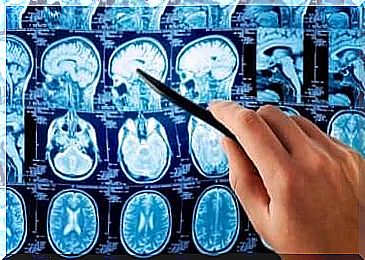
These movement disorders are classified into two types: hyperkinesia and hypokinesia, depending on how mobility or motor skills are impaired.
Hypokinesis is a sedentary lifestyle as it occurs, for example, in Parkinson’s disease, neurodegenerative disorders or secondary parkinsonism. These diseases are accompanied by certain symptoms, but these are often triggered by medicinal or organic reasons. For example, medication, infectious diseases, trauma or hydrocephalus can be responsible for this.
Hyperkinesia is a series of obvious signs, such as tremors, chorea, dystonia, tics or myoclonus. What differentiates athetosis from other movement disorders (also known as slow chorea) is that affected patients are unable to hold the body in a particular position. The movements are slow, constant and inevitable.
Usually the movements are manifested in the extremities (hands and legs), tongue, and neck area, but they can also occur in any other area of the body. The slow movements characteristic of this disorder are very different from other movement disorders such as chorea. Nevertheless, there are also clinical similarities and mixed forms, such as the previously mentioned choreoathetosis.
This term is used for various degenerative diseases such as Huntington’s disease, which are much feared as the disease is unstoppable.
Other causes of athetosis
There are also other possible causes of athetosis, such as central nervous system infections (e.g. encephalitis). These are associated with diffuse and serious damage to brain tissue. This often leads to the described movement disorders.
On the other hand, autoimmune disorders such as lupus erythematosus can also be associated with this type of neurological impairment. However, this is not the most typical form of the disease.
Affected patients need long-term treatment with immunosuppressive drugs such as steroids. As a result, there may be a greater tendency towards infections of the nervous system. Movement disorders can also occur, much as it is the case with encephalitis.
